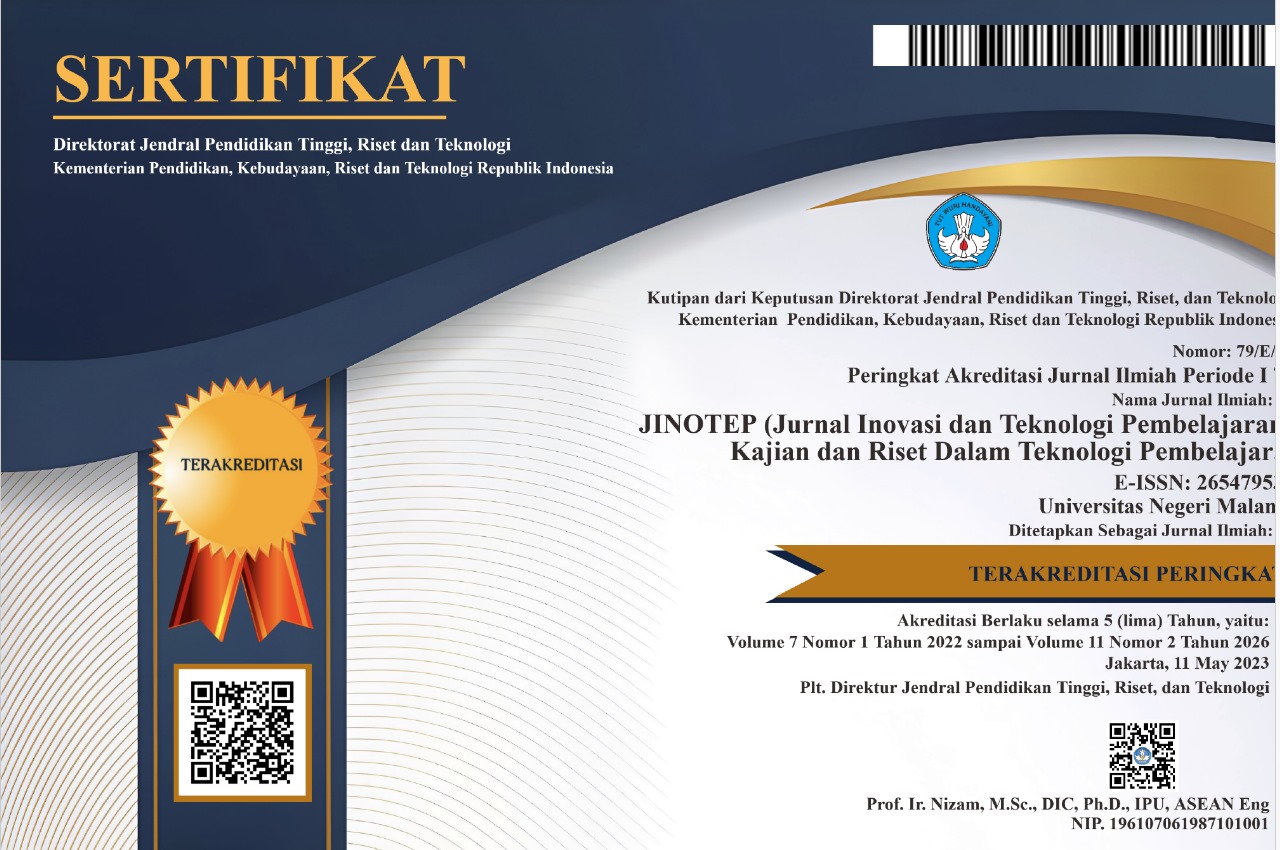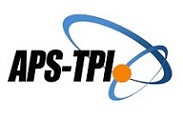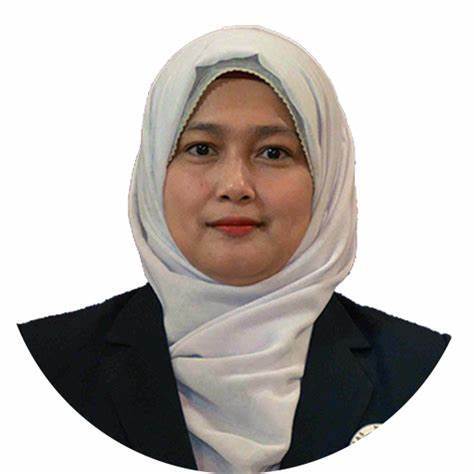Pengembangan Modul IPA Berbasis Literasi dan Integratif dalam Memfasilitasi Belajar Mandiri Siswa
Abstract
Abstrak: Tujuan penelitian ini menghasilkan Modul IPA Berbasis Literasi dan Integratif dalam memfasilitasi belajar mandiri siswa. Model pengembangan menggunakan ADDIE. Adapun langkah-langkahnya; tahap analisis, desain, pengembangan, implementasi, dan evaluasi. Hasil penelitian validasi dari ahli materi mencapai 88.6%. Sedangkan dari ahli desain media mencapai 91.4%. Hasil Review guru mencapai 88%. Hasil uji coba kelompok kecil secara keseluruhan mencapai 85%. Sedangkan hasil uji kelompok besar kelayakan mencapai 89.7%. Serta evaluasi hasil belajar siswa mencapai 84,21. Dari hasil data dan analisis penelitian disimpulkan bahwa pengembangan modul IPA Berbasis Literasi dan Integratif dalam memfasilitasi belajar mandiri siswa kategori layak, dan dapat diterapkan dalam pembelajaran.
Abstract: The research objective is to produce a Literacy-Based and Integrative Science Module in facilitating student independent learning. The development model uses ADDIE. As for the steps; the analysis, design, development, implementation, evaluation stage. The result of validation research from material experts reached 88.6%. Meanwhile, media design experts reached 91.4%. The results of teacher reviews reached 88%. Total small group trial results reached 85%. While the results of the large group test feasibility reached 89.7%. And the evaluation of student learning outcomes reaches 84.21. From the results of the data and research analysis that the development of an Integrative and Literacy-Based Science module in facilitating student independent learning can be categorized as feasible, and can be implemented in learning.
Keywords
Full Text:
PDFReferences
Abidin, Y., Mulyati, T., & Yunansah, H. (2017). Pembelajaran Literasi: Strategi Meningkatkan Kemampuan Literasi Matematika, Sains, Membaca, dan Menulis. Jakarta: Bumi Aksara.
Abidin, Y. (2015). Pembelajaran multiliterasi: Sebuah jawaban atas tantangan pendidikan abad ke-21 dalam konteks keIndonesiaan. Bandung: PT Refika Aditama.
Aisyah, D. W., Gipayana, M., & Djatmika, E. T. (2017). Pengembangan Bahan Ajar Berbasis Literasi Bercirikan Quantum Teaching untuk Mengoptimalkan Pembelajaran Efektif dan Produktif. Jurnal Pendidikan: Teori, Penelitian, dan Pengembangan, 2(5), 667-675.
Andi, P. (2012). Panduan Kreatif Membuat Bahan Ajar Inovatif Cetakan ke-4. Yogyakarta.
Arsyad, A. (2016). Media Pembelajaran. Jakarta: Rajawali Pers.
Ashyar, R. (2012). Kreatif mengembangkan media pembelajaran. Jakarta: Referensi Jakarta.
Beschorner, B. & Hutchison, A. (2013). IPads as a literacy teaching tool in early childhood. International Journal of Education in Mathematics, Science and Technology, 1(1), 16-24.
Bond, D. (1989). In pursuit of chemical literacy: A place for chemical reactions. Journal of Chemical Education, 66(2), 157.
Bybee, R. W. (2008). Scientific literacy, environmental issues, and PISA 2006: The 2008 Paul F-Brandwein lecture. Journal of Science Education and Technology, 17(6), 566-585.
DeBoer, G. E. (2000). Scientific literacy: Another look at its historical and contemporary meanings and its relationship to science education reform. Journal of Research in Science Teaching, 37(6), 582-601.
Dewayani, S., & Retnaningdyah, P. (2017). Menghidupkan literasi di ruang kelas. Yogyakarta: PT Kanisius.
Fatimah S. & Ramadhana R. 2017. Pengembangan Modul Pembelajaran Berbasis Keterampilan Literasi. Rumah Jurnal UIN Alauddin Makassar, (Online), 2 (VI)
Forgaty, R.(1991). Ten Ways to Integrate Curriculum. Educational Leadership 49(2), pp. 61-65.
Frydenberg, M., & Andone, D. (2011). Learning for 21 st Century Skills, 314–318.
Gultepe, N., & Kilic, Z. (2015). Effect of scientific argumentation on the development of scientific process skills in the context of teaching chemistry. International Journal of Environmental and Science Education, 10(1), 111–132.
Holbrook, J., & Rannikmae, M. (2007). The Nature of Science Education for Enhancing Scientific Literacy. International Journal of Science Education, 29 (11), 1347–1362.
Hosnan, M. (2014). Pendekatan saintifik dan kontekstual dalam pembelajaran abad 21: Kunci sukses implementasi kurikulum 2013. Ghalia: Indonesia.
Kementerian Pendidikan Dasar. (2008). Strategi Literasi dalam Pembelajaran di Sekolah Dasar (Modul Materi Penyegaran Instruktur Kurikulum 2013). Jakarta: Dirjen Pendidikan Dasar dan Menengah Kemendikbud.
Leu, D.J., Jr., Kinzer, C.K., Coiro, J., & Cammack, D. (2004). Toward a theory of new literacies emerging from the Internet and other information and communication technologies. In R.B. Ruddell & N.J. Unrau (Eds.), Theoretical models and processes of reading (5th ed., pp. 1570–1613). Newark, DE: International Reading Association.
Majid, A. (2013). Strategi Pembelajaran (cetakan 1). Bandung: PT Remaja Rosdakarya.
Nafaida, R. (2018). Pengembangan Modul Bahan Ajar Berbasis Literasi Sains Untuk Meningkatkan Pemahman Konsep Mahasiswa Pada Materi Termodinamika. GRAVITASI: Jurnal Pendidikan Fisika dan Sains, 1(02), 17-19.
Rahmad. (2019). Pengembangan Bahan Ajar Berbasis ADDIE. Halaqa: Islamic Education Journal Volume 3. 01.
Ridwan, M., Sahat Siagian. (2016). Pengembangan Bahan Ajar Pada Mata pelajaran PPKn. Jurnal Teknologi Informasi & Komunikasi dalam Pendidikan, Vol. 3, No. 2. Desember 2016 halaman167-180.
Sobirin, M. (2020). Pengembangan Modul IPA Kelas VI dengan Model Cooperative Learning. Edcomtech Jurnal Kajian Teknologi Pendidikan, 5(1), 24-37.
Suharsimi, A. (2013). Dasar-dasar Evaluasi Pendidikan. Jakarta: Bumi Aksara.
Sukmadinata, N. S., & Syaodih, E. (2012). Kurikulum dan Pembelajaran Kompetensi, Bandung: PT. Refika Aditama.
Trilling, Bernie and Fadel, Charles (2009) 21st Century Skills: Learning for Life in Our Times, John Wiley & Sons, 978-0-47-055362-6.
Ummah, M., Rusilowati, A., & Yulianti, I. (2018). Pengembangan Bahan Ajar Berbasis Literasi Sains Materi Gelombang Cahaya. UPEJ Unnes Physics Education Journal, 7(3), 51–57.
Wisudawati, A. W., & Sulistyowati, E. (2014). Metodologi Pembelajaran IPA. Jakarta: Bumi Aksara.
Zubaidah, S., Mahanal, S., Yuliati, L., & Sigit, D. (2014). Buku Guru Ilmu Pengetahuan Alam SMP/MTs Kelas VIII. Jakarta: Kemendikbud.
DOI: http://dx.doi.org/10.17977/um031v8i12021p058
Refbacks
- There are currently no refbacks.
Copyright (c) 2021 Arif Budiono, Iskandar Wiryokusumo, Hari Karyono

This work is licensed under a Creative Commons Attribution-ShareAlike 4.0 International License.
======================================================================
Jurnal Inovasi dan Teknologi Pembelajaran published by Universitas Negeri Malang in collaboration with the Asosiasi Program Studi Teknologi Pendidikan Indonesia (APS TPI) and Ikatan Profesi Teknologi Pendidikan Indonesia (IPTPI) with a MoU.
Publisher Address:
Educational Technology Laboratorium, Building D5, 1st Floor
Faculty of Education, Universitas Negeri Malang
Semarang St. No. 5, Malang City, East Java Province, Postal Code 65145
Email: jinotep.fip@um.ac.id
======================================================================

JINOTEP is licensed under a Creative Commons Attribution-ShareAlike 4.0 International License.
JINOTEP Statistics (Since July 13th, 2020)



.png)




.png)
1.png)
1.png)
4.png)
2.png)
1.png)
1.png)
.png)


_3.png)





1.png)
.png)